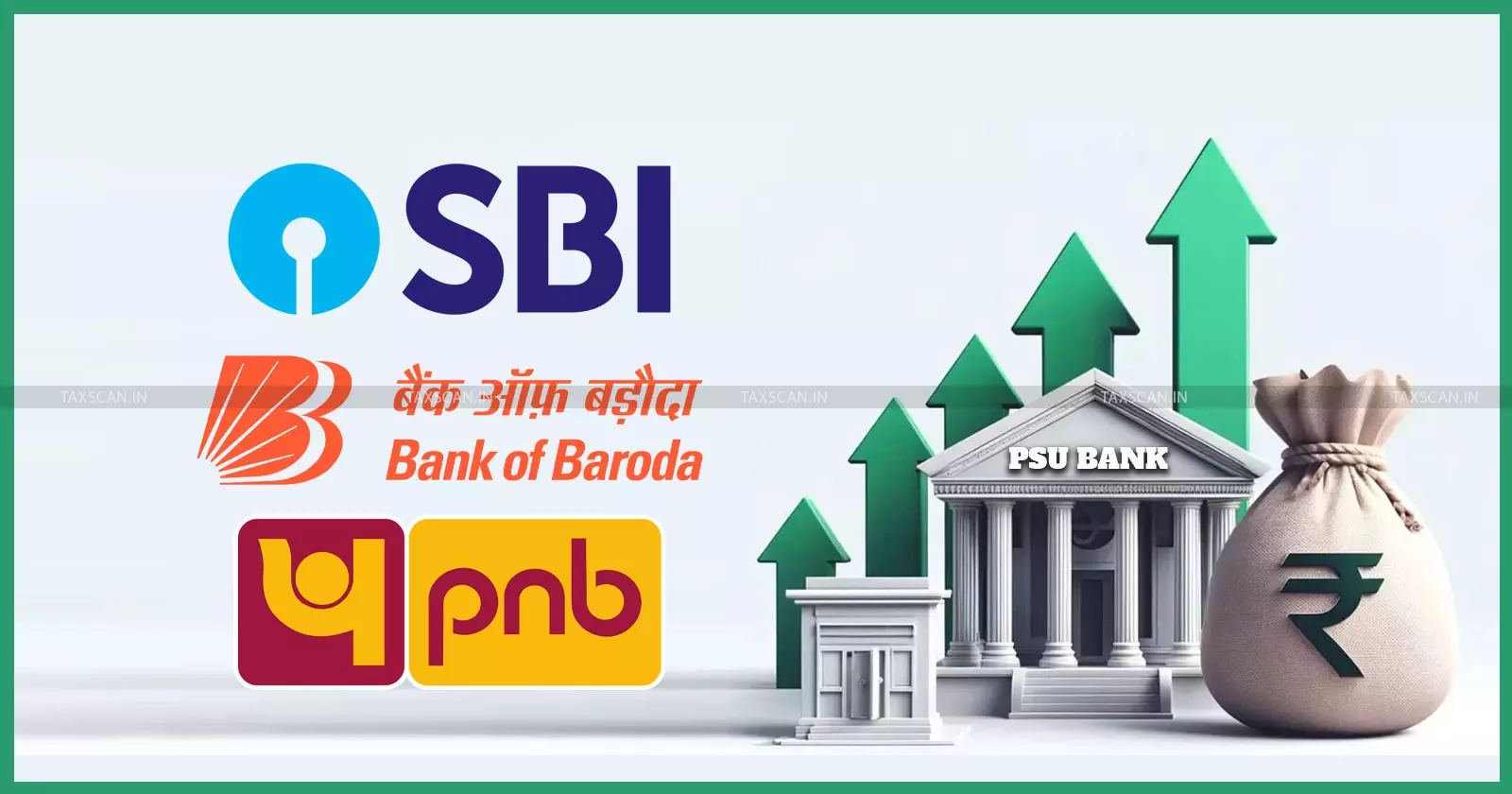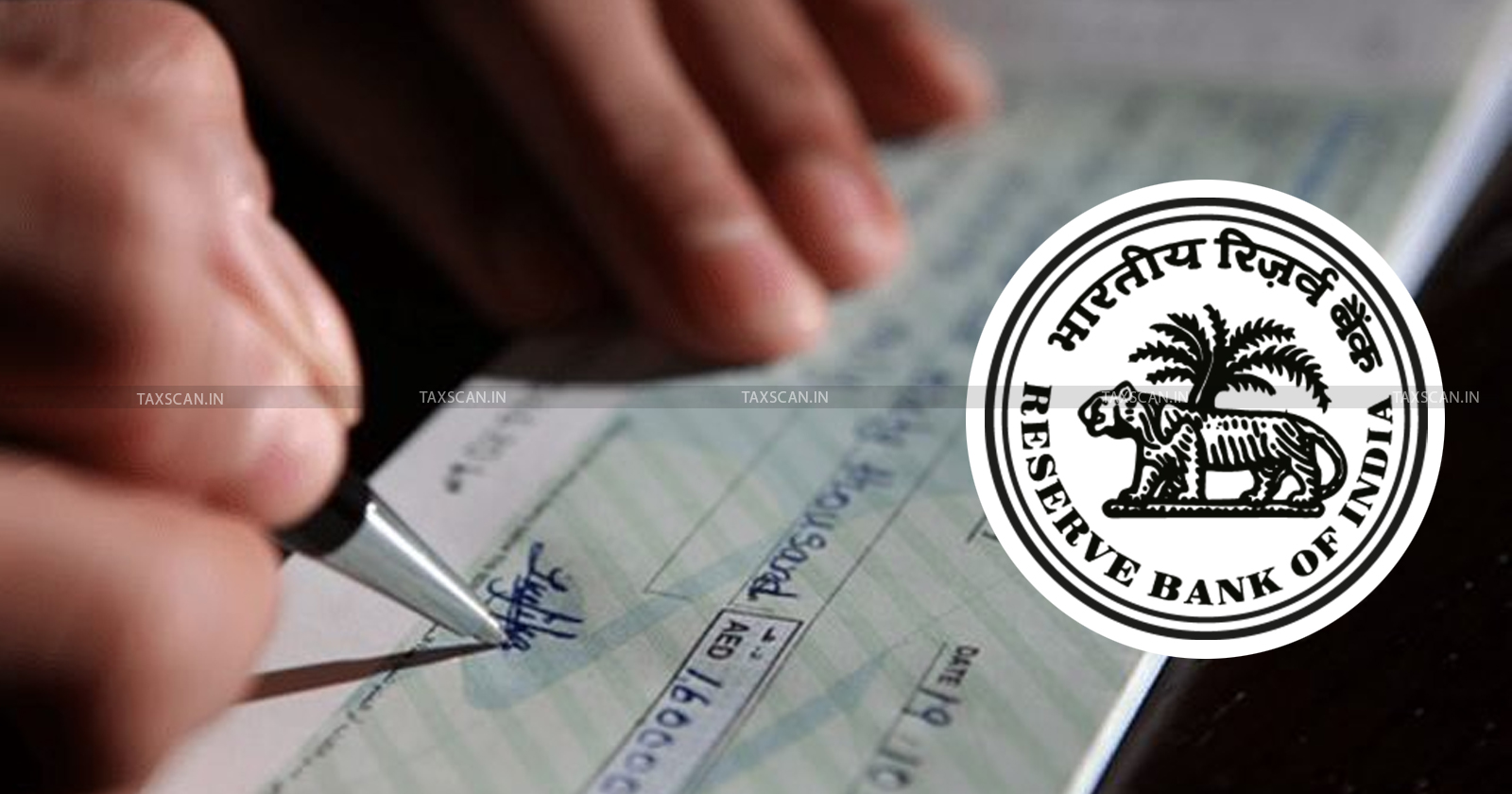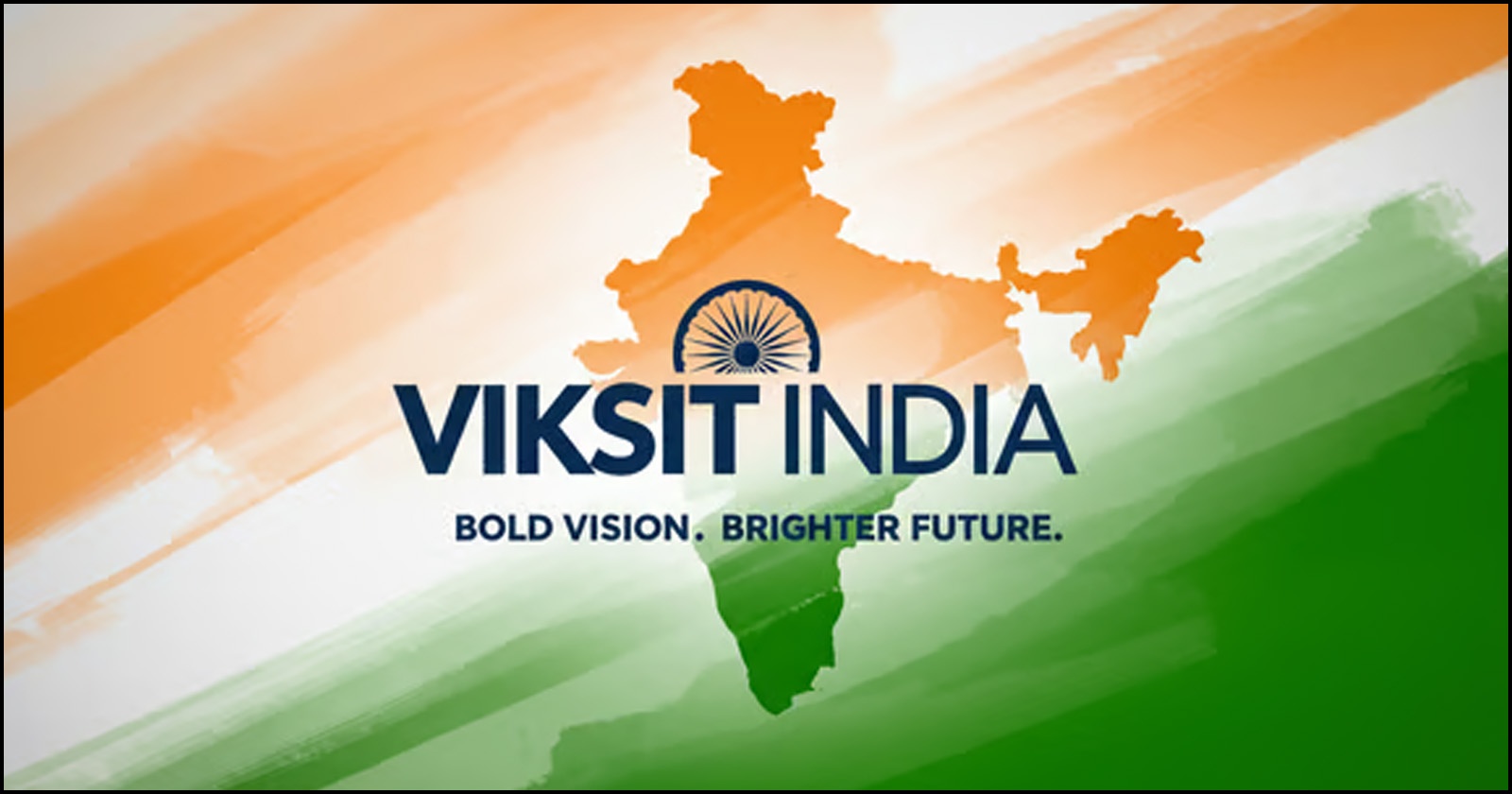Smaller PSU Banks to Merge with SBI, Bank of Baroda and Punjab National Bank by FY 2027
The Central Government is preparing a roadmap to consolidate the smaller banks into larger PSBs in a bid to create fewer but stronger banks.

Recent reports indicate that the Union Government is preparing to consolidate public sector banks (PSBs) by merging smaller state-owned lenders such as the Indian Overseas Bank (IOB), Central Bank of India, Bank of India (BOI) and Bank of Maharashtra (BoM) into larger entities such as the State Bank of India (SBI), Bank of Baroda (BoB) and Punjab National Bank (PNB) by fiscal year 2027.
The “mega merger” plan is poised to create fewer but stronger banks and shall be examined in an internal “Record of Discussion” by senior officials at the Cabinet level and shall subsequently be examined by the Office of the Prime Minister, with preliminary reports suggesting a finalised working structure to be in force by FY 27.
Banks under Consideration and Proposed Anchors
The latest proposal aligns with suggestions received from the NITI Aayog which recommended retaining only a small cohort of large state-run lenders, - namely, SBI, PNB, BoB and Canara Bank while merging, privatising or reducing government stakes in other PSBs such as the Indian Overseas Bank, Central Bank of India, Bank of India and Bank of Maharashtra.
However, comprehensive details of the pairing and the final merger architecture is yet to be confirmed.
The current plan builds on the recommendations put forth by the NITI Aayog and aims to create stronger, well-capitalised public sector banks that are equipped to uphold the next phase in credit growth while withstanding competition from expanding fintech and private lenders.
 Also Read:RBI FEMA Amendment: Bhutan, Nepal & Sri Lanka Entities can now Borrow from Indian Authorised Dealer Banks [Read Notification]
Also Read:RBI FEMA Amendment: Bhutan, Nepal & Sri Lanka Entities can now Borrow from Indian Authorised Dealer Banks [Read Notification]
The exercise is slated to streamline the public banking landscape and improve operational efficiency, expand balance-sheet capacity and strengthen institutions to support India’s macro and micro economic future.
Deliberations on the merger plan are expected to continue through FY27 with the stakeholder banks to finalize on building internal consensus ahead of any formal announcement in the regard.
Earlier Amalgamation
The renewed consolidation effort draws inspiration from a restructuring phase that occurred between 2017–2020, during which ten public sector banks were amalgamated into four larger entities. This included the merger of Oriental Bank of Commerce and United Bank of India with Punjab National Bank, Syndicate Bank with Canara Bank and Andhra Bank and Corporation Bank with Union Bank of India.
 Also Read:New Real-Time Cheque Clearing System introduced by RBI gets Frowned Over by Customers due to Delays
Also Read:New Real-Time Cheque Clearing System introduced by RBI gets Frowned Over by Customers due to Delays
The Mega Merger plan is still at the discussion stage and the Ministry of Finance has not issued a formal comment in response to enquiries. Reports also note that public sector banks have displayed relatively stronger profitability metrics in a quarterly review as compared to private banks - proponents say that this factor strengthens the case for strategic consolidation rather than piecemeal interventions to fix individual institutions.
Support our journalism by subscribing to Taxscan premium. Follow us on Telegram for quick updates



